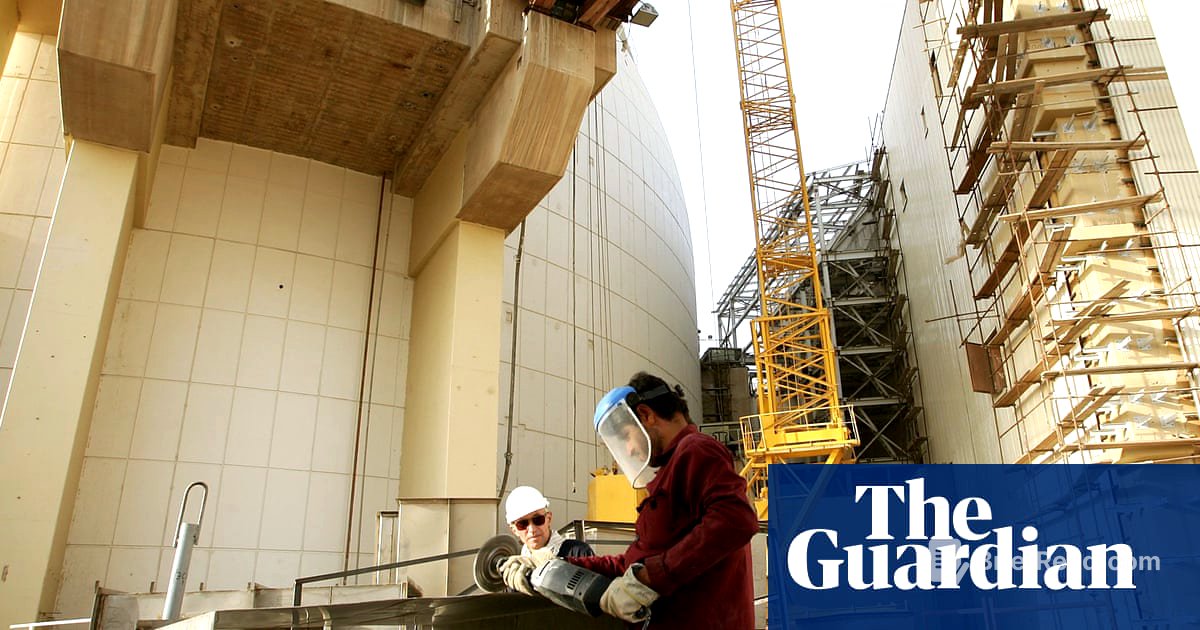TLDR;
This article examines claims made by Israeli Prime Minister Benjamin Netanyahu regarding Iran's nuclear capabilities, specifically his assertion that Iran has the capacity to build nine nuclear bombs. It analyses the evidence and opinions from various sources, including US intelligence, the UN's International Atomic Energy Agency (IAEA), and Iranian officials. The article also addresses Iran's compliance with international nuclear agreements, its stockpile of enriched uranium, and the implications for regional security.
- Netanyahu claims Iran can build nine nuclear bombs, a claim viewed sceptically by some.
- US intelligence assesses that Iran is not currently pursuing nuclear weapons, but concerns remain about its enriched uranium stockpile.
- The IAEA reports that it cannot verify that Iran's nuclear programme is exclusively civilian and highlights Iran's lack of cooperation.
[Netanyahu's Claims and Context]
Israeli Prime Minister Benjamin Netanyahu has stated that Iran possesses the capacity to construct nine nuclear bombs, justifying potential Israeli action against Iran. Critics suggest that Netanyahu's claims are aimed at undermining potential diplomatic agreements between the US and Iran or diverting attention from domestic political issues. This assertion relies on the assumption that Israeli intelligence has superior knowledge of Iran's nuclear programme compared to US intelligence and the IAEA.
[US Intelligence Assessment]
Despite Netanyahu's claims, US intelligence, as stated by the US director of national intelligence, assessed that Iran was not actively pursuing nuclear weapons. However, it was noted that there has been an increase in public discussion about nuclear weapons within Iran, potentially emboldening proponents of nuclear armament. Additionally, Iran's stockpile of enriched uranium is at unprecedented levels for a state without nuclear weapons.
[IAEA Report Findings]
A declassified IAEA report does not support the claim that Iran is on the verge of developing nuclear weapons. While the report indicates that the IAEA has been unable to fully inspect Iran's civil nuclear programme and believes Tehran has not fully cooperated, particularly regarding its past secret nuclear programme, it does not confirm that Iran is close to producing a nuclear weapon. The IAEA has been investigating Iranian human-made uranium particles at undeclared locations, linked to a past nuclear programme known as Amad, which is believed to have ended in 2003.
[IAEA Concerns and Access Issues]
The IAEA has expressed concerns about Iran's lack of cooperation and its attempts to sanitise locations, hindering verification activities. The agency has also reported that it is not being granted the necessary access to sites and has not been shown plans for new nuclear facilities. Since February 2021, Iran has denied the IAEA access to recorded data from centrifuge production plants, although some cameras were reinstalled in May 2023, the agency still cannot access the recordings. Iran justifies these actions as countermeasures to the US withdrawal from the 2015 nuclear deal.
[Uranium Stockpile and Potential Weaponisation]
The IAEA report highlights that Iran has accumulated a stockpile of highly enriched uranium exceeding the limits set in the 2015 nuclear agreement. The stockpile of 60%-enriched uranium has increased significantly, potentially providing enough fuel for nine warheads, depending on the design of the nuclear weapon. While the IAEA has no credible evidence of an ongoing, undeclared structured nuclear programme, it acknowledges statements from former Iranian officials suggesting that Tehran now possesses the capabilities to manufacture nuclear weapons. The IAEA director has indicated that Iran could potentially weaponise its missile warheads within a matter of months, not years.









